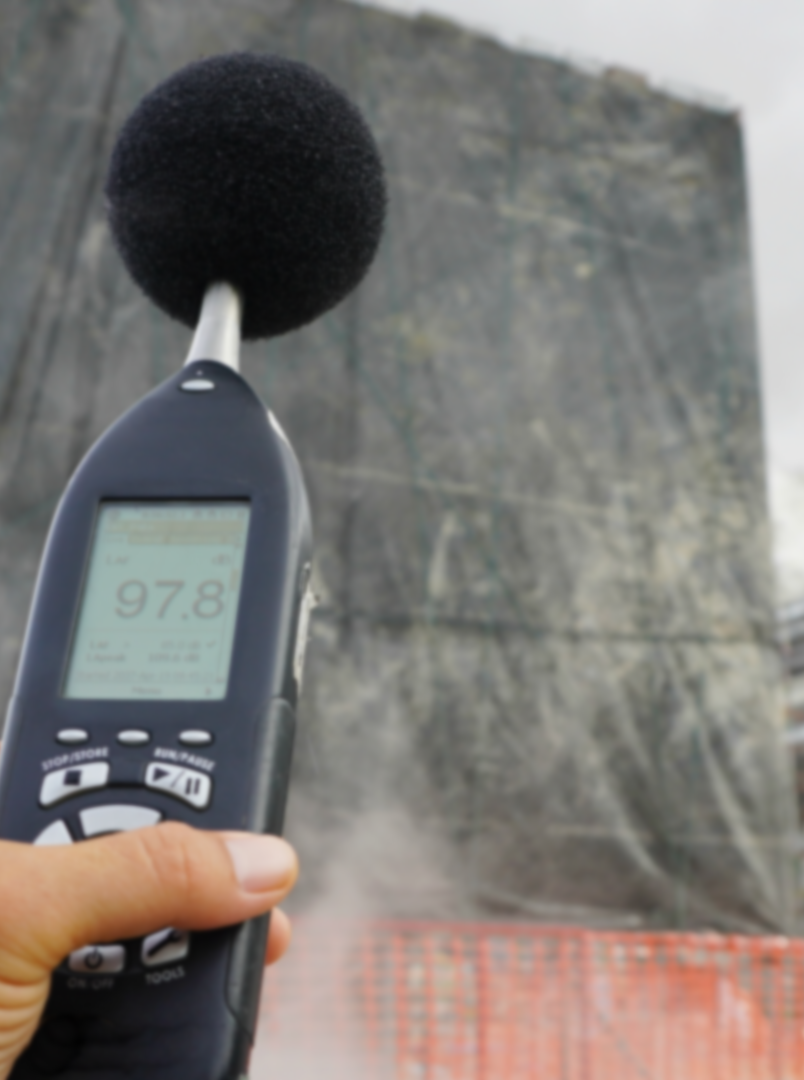Data Space FAQ
Green Data Space Examples
Our Mission
The mission of the Environmental Data Spaces Community (EDSC) is to apply International Data Space standards and principles to environmental data, to increase the availability of high-quality data for any type of private or public decision making that impacts the environment.
This work is essential to build the Green Deal data space that is part of the European data strategy. We consider our work to be successful when sustainable, effective data ecosystems are forming around this data space.
We take the long-term, infrastructure view on data spaces, as opposed to only collaborating in concrete projects. Our collaboration is informal, and free of cost.
We are active in the following work areas to support our mission:
A major work area of the EDSC will be to research how existing environmental national and international data infrastructures, like the INSPIRE spatial data infrastructure, can contribute to quick and efficient data space implementation. We intend to re-use as much previous work as possible, such as the existing data specifications for environmental data.
The architecture of the environmental data space(s) itself will be open and distributed. It builds on open standards and is vendor independent.
Your Contribution
You can contribute to this mission in many ways. Building the data infrastructure requires different perspectives, such as:

